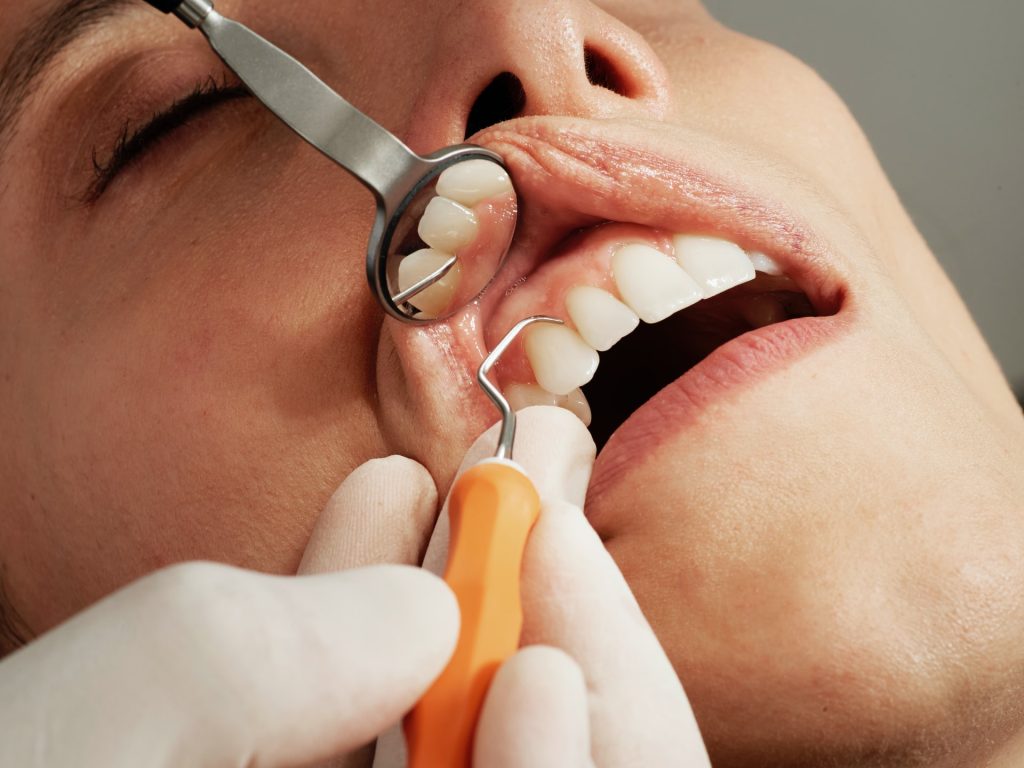Dental Acid Damage Imaged in Real Time

Researchers have developed a new technique to improve understanding of how acid damages teeth over time at the microstructural level, creating a clear picture of how the damage happens.
Dentine forms the main bulk of human teeth and supports the enamel, which covers the crown surface, helping to make teeth strong and resilient, but acids from dental plaque can cause tooth decay affecting the dental structure’s integrity. This research aims to develop knowledge that leads to new treatments that can restore the structure and function of dentine.
Using in situ synchrotron X-ray microtomography to scan dentine samples while they were being treated with acid, researchers built clear 3D images of dentine’s internal structure with sub-micrometre resolution (a micrometre being one-thousandth of a millimetre). By analysing these images over the six hours of the experiment, the researchers conducted the first-ever time-resolved 3D study (otherwise known as 4D studies) of the dentine microstructural changes caused by acid.
The study, published in Dental Materials, shows that acid dissolves minerals in different structures of dentine at different rates.
Research leader Dr Tan Sui, Senior Lecturer in Materials Engineering at the University of Surrey, known for her work creating improved bio-inspired materials, said:
“Relatively little is known about how exactly acid damages the dentine inside our teeth at a microstructural level. This new research technique changes that and opens the possibility of helping identify new ways to protect dental tissues and develop new treatments.”
Source: University of Surrey

